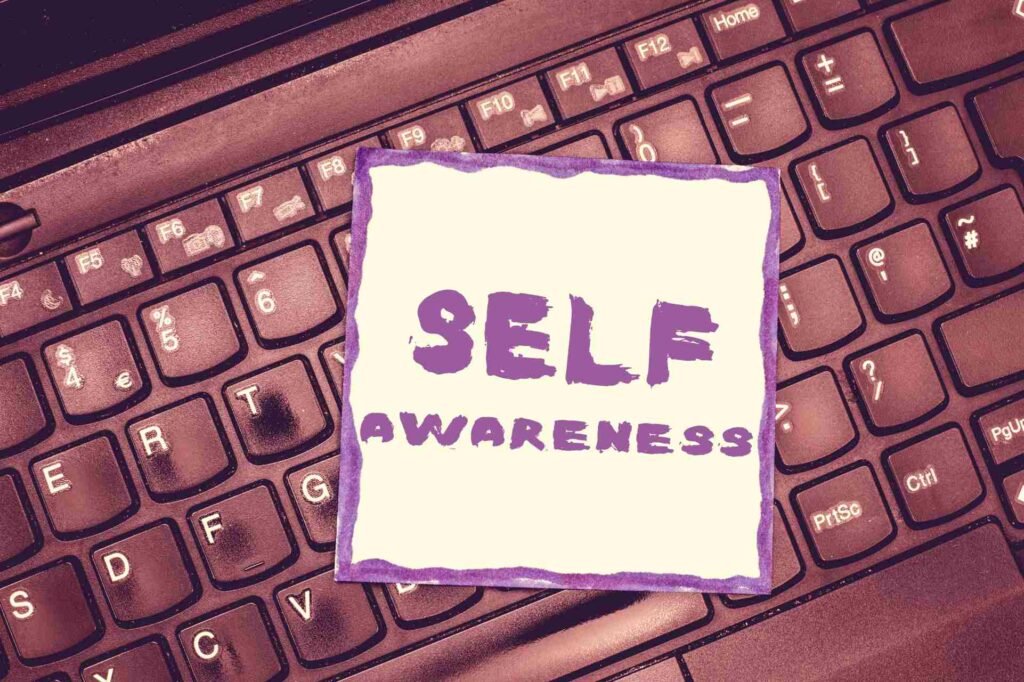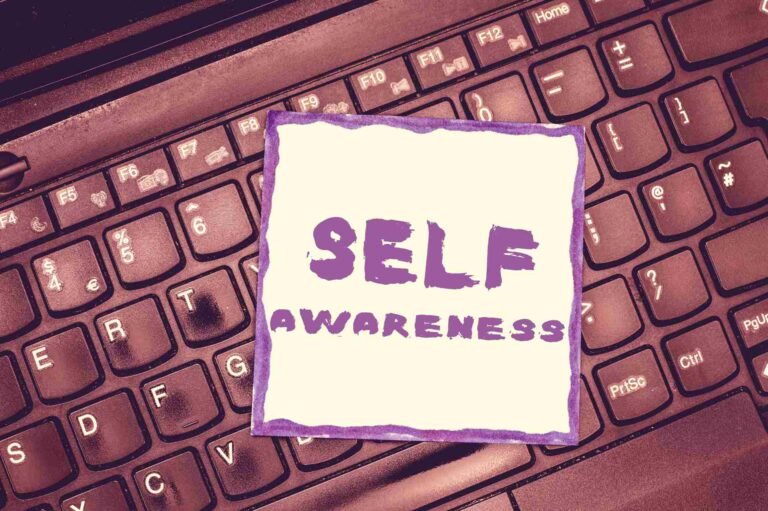
So that’s what you’ve been doing. The thing is that, after the initial excitement and experiencing the first few insights about the nature of your thoughts and “self,” you have come to a plateau. You are sensing that mindfulness meditation is, after all, not so straightforward as you initially thought.
You want to see progress — but have been told not to treat meditation as yet another “task.” You want to keep practising — but are not so sure where this practice is supposed to take you.
There are countless books on mindfulness meditation, but I am not coming to recommend them to you today. Instead, I would like to share a few quick tips that have been helpful to me in my practice recently. They may act as inspiration for you to keep going — but also, they include technical “tricks” you can use to revive your meditation engagement.
1. Commit to mastering single-pointed attention.
In the modern mindfulness trainings it is a common practice to introduce the participants to various meditation techniques. This often means offering something akin to a “tasting menu,” where you can try a little bit of everything. Focusing on the breath, mindful yoga, mindfulness in relationships, breathing exercises and more.
That’s cool in the beginning — but in the end, you may end up confused about where all of this is supposed to take you.
I think that it can be a valuable thing to start your mindfulness adventure with having a peek into all the practices available. But if, after the wave of initial excitement, you want to commit to life-long meditation practice — it’s helpful to follow a more structured path.
In the traditional Buddhist meditation practice, the first step on the way to enlightenment is mastering the single-pointed focus on the meditation object. This usually means being able to keep your attention on the breath for prolonged periods of time. Such practice is really simple— but by no means easy. However, this is the basic “building block,” necessary to take your meditation practice to further levels.
So, if you are serious about making mindfulness meditation an important part of your life path — commit to mastering single-pointed attention in the first place.
2. Use positive reinforcement to train your mind.
It took me a while to discover the power of this one — because my teachers didn’t happen to highlight it as an essential part of the meditation practice. In Buddhism, however, experiencing “positive impressions in the mind” is known to facilitate meditation progress. Modern psychology and neuroscience confirm: the more your mind learns to associate certain activities with rewarding feelings, the more likely it is to resort to those activities by default.
How to use positive reinforcement in practice? It’s simple. When you meditate and try to keep your attention on the present-moment sensations — you will inevitably end up mind-wandering from time to time. Then, at some point, the “aha” moment will arise. That’s the instant you realize that, instead of being present, you have been lost in thought.
This is your occasion to use positive reinforcement and strengthen your mind’s disposition to return to the present sooner in the future.
When you have “woken up” from mind-wandering, don’t turn your attention back to the meditation object immediately. Instead, take a moment to appreciate the fact that you have shaken off the state of being lost in thought. Give yourself a sense of “mental reward” and delight in the fact that you are now present. Induce some positive feelings into that moment.
Every time you reinforce such a pleasant mental state, you make your mind more prone to seek this experience in the future.
3. Deconstruct the experience of your breath.
When your intention is to focus on the breath, it often helps to make it clearer what this means. Following the physical sensations of the breath is very different from thinking about it. It is usually the former that you are trying to achieve during your mindfulness practice.
To make it easier for your mind to focus on the breath, it usually helps to make the experience more “interesting.” One way to do it is to explore the nuances of the breath-related sensations by deconstructing them to ever-finer details.
Pick one place in your body where you will be observing the sensations of the breath. Many teachers — for example, in the vipassana tradition — encourage it to be the area of nostrils and your upper lip. Then try to observe how the impressions you are experiencing there differ through the in-breath, out-breath and the pauses in between the two.
Once you can distinguish between these, you can keep deconstructing your experience of the breath even further. Try to discern the sensations of the beginning, the middle, and the end of your in-breath. Then, do the same with these three stages of the out-breath.
By looking for increasingly finer detail in your breath-related impressions, you encourage your mind to stay engaged for longer periods of time and with more interest — which also results in sharper focus.
4. Pay more attention to your posture.
Traditionally, meditation can be performed in three different posture variations: standing, sitting or laying down. All of these are valid ways to meditate — and it is up to you to choose the right one for your practice.
When you’re experimenting with your best meditation posture, there are two aspects to take into account. On one hand, your position should allow you to get comfortable and relax your body. On the other, it should also encourage alertness and focus — the central qualities cultivated throughout your practice.
This is why sitting meditation is, by far, the most popular among meditators. Sitting comfortably, with your spine straight, usually provides conditions for both a relaxed attitude and alertness. If you meditate sitting on a chair or cushion, make sure that this is the case for you. If needed, make necessary adjustments to either make your position more comfortable — or more disciplined.
On some days, it may also happen that you will need a posture different from your default one. For example, if you are feeling drowsy, maybe you can try to meditate standing up — if that keeps you more awake. Conversely, if you are feeling agitated and experiencing strong tensions in your body — laying down may be exactly what you need to achieve the optimal alertness-relaxation balance.
5. Check-in to examine your expectations.
Before you sit down to meditate, it is useful to bring your intention to awareness — but you may already know that. Another thing that’s worth checking-in with are your expectations for the practice.
By asking yourself a simple question — What am I expecting of my practice today? — you may discover what your attitude towards meditation is on any given day. You may, for example, realize that even in the beginning you are already anticipating to be distracted and “do poorly” today. Or just the opposite— that you are holding a fantasy of being hyper-focused, fully mindful and “flawless” in your practice.
Examining the attitude you are beginning with can be very helpful because, by noticing it, you give yourself an opportunity to let go of it right from the start. This way, you are not overly attached to how you think your meditation will unfold — but instead, you let it unfold more freely.
This usually results in a more frictionless practice towards which you feel less resistance — because you open yourself to all the possibilities of what you may, or may not, experience. Which is exactly the point of mindfulness meditation.
- Self Harm Awareness Ribbon Color: Unveiling Its Meaning - August 21, 2023
- What Is Emotional Self Awareness: A Guide to Inner Growth - August 21, 2023
- Self Harm Awareness Bracelets: Show Support and Share Hope - August 21, 2023

